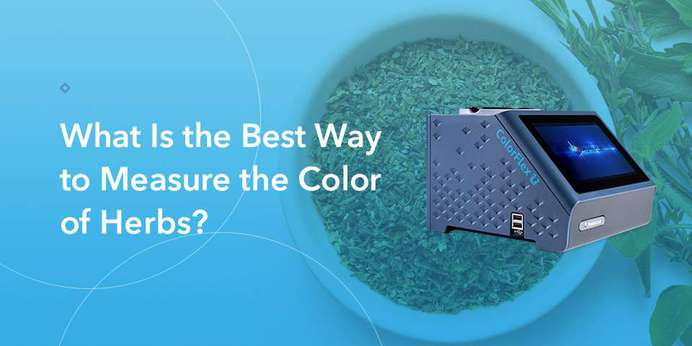
Best Practices for Measuring the Color of Plastic Pellets
Determining the color of plastic pellets can be challenging when you only rely on visual inspection. Whether the pellets are transparent or opaque, subtle changes in color can be easy to miss. You need to develop an effective color measurement system and use advanced tools to ensure consistent and precise results with each batch. Explore some of our best practices for measuring the color of plastic pellets.
Measure Plastic Pellets According to Industry Standards
ASTM provides testing standards for the color determination of plastic pellets. The standard outlines testing methods for the degree of yellowness in transparent and opaque pellets.
Adhering to industry standards during the measuring process is essential for adapting uniform procedures and ensuring quality control.
Accurately Assess the Degree of Yellowness
Plastic resin or Polyethylene Terephthalate (PET) can turn yellow over time due to oxidation, making it critical to assess the degree of yellowness to ascertain the amount of optical brighteners needed to mitigate it. Optical brighteners are used in plastic production to mask the yellow appearance and make the plastics look clear or bright.
Optical brighteners are also used when restoring recycled Polyethylene Terephthalate (rPET). As governing and standard bodies push for the use of recycled plastic resin, using a spectrophotometer can help determine the color of plastics as they move throughout the supply chain and counter the yellowing effect. Additionally, counteracting the yellowing effect can minimize product waste and revenue loss.

